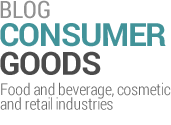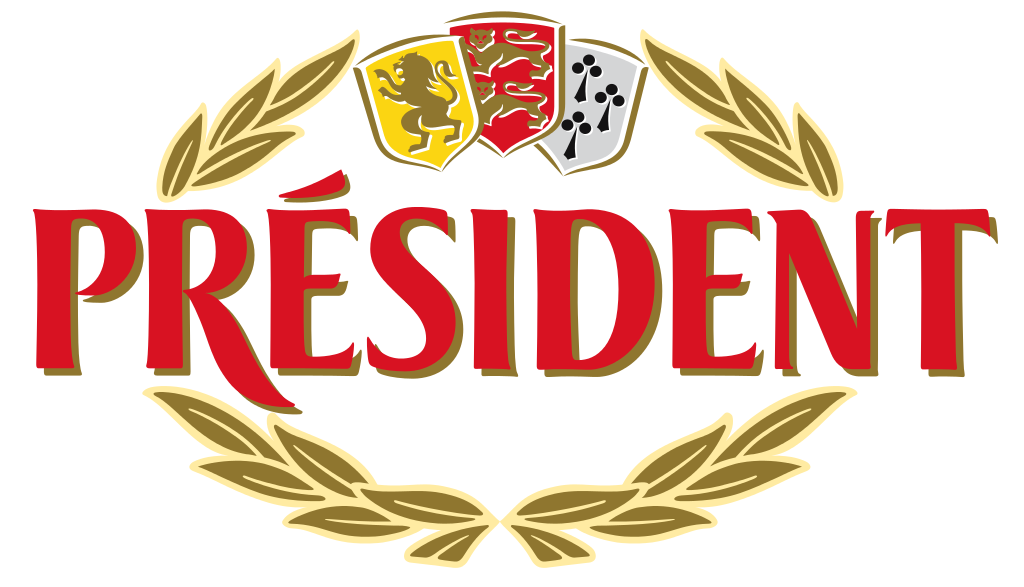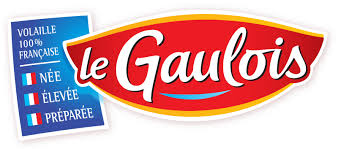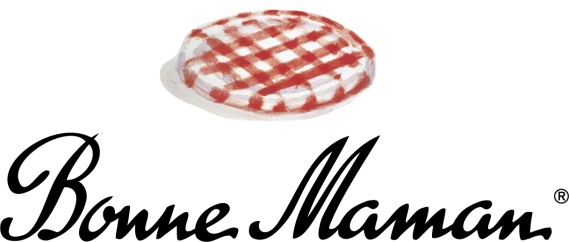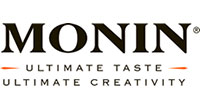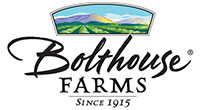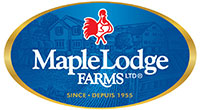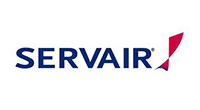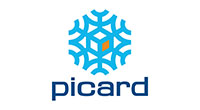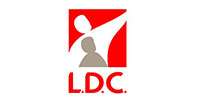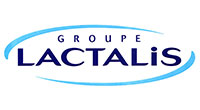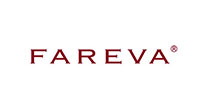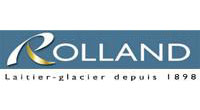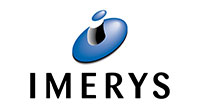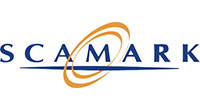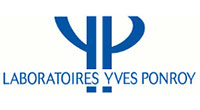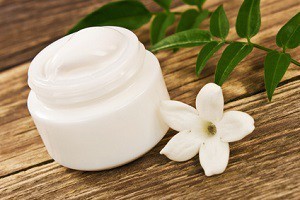
Within the last few years, the “without” phenomenon in cosmetics has expanded significantly. Many brands of cosmetics have started openly displaying on the packaging of their products the following claims; without silicones, sulfates, endocrine disruptors, etc. So the question stands:
Is this a marketing stunt for brands or is there a real security and benefit for consumers?
So the question stands, Is this a marketing stunt for brands or is there a real security and benefit for consumers?
The behavior of brands is dictated by consumer trends and demands. For the cosmetics industry, transparency and naturalness are sought after the most. In any case, however, the “clean beauty” trend is not controlled by regulatory obligations. Guided mainly by consumers seeking “natural” products, each brand established themselves before each specification a “blacklist” of ingredients that consumers do not want to see used even though these are products that are not restricted by any regulations.
So does removing these products reassure their users?
Generally, consumers associate “without” with a natural form of health. Displaying the “without” claim means that the product is “safe”, an argument that makes sense for consumers and will guide their purchases accordingly. We could associate this phenomenon from clean beauty to clean labeling in the agri-food industry.
However, in order to further regulate the situation and these allegations, the European Commission was led to produce an amendment to Regulation 655/2013 which will lead companies to moderate the “without” claims. An important amendment to ensure that the claim is not turned into just another marketing stunt.
What does this regulation on the “without” claims say?
- The ingredient concerned by the “without” claim must not be an ingredient which is otherwise already prohibited by the regulations or which is not usually used in the type of product concerned,
- The allegation must be true and proven. It must be based on verifiable guarantees, 9
- It is forbidden to denigrate the ingredient covered by the “without” claim, especially when it is already assessed and deemed safe by the CSAS.
- The claim must be useful to the end-user to make an informed choice.
If you want to know more about the subject, I invite you to visit the Ecomundo website.
Today, one of the problems for cosmetic brands is to replace these claims with alternative substances. To do this, companies need tools capable of managing these changes by automating changes and controlling the associated impacts.
With this in mind, the formulation tool is entirely integrated into Lascom CPG in the calculation of cosmetic formulas. Thus, the modifications made on a product is not simply made up of an impact analysis and a replacement on the products monitored, but all the revenue impacts are also recalculated.The mass replacement feature of Lascom CPG makes it possible to replace an element (document, raw material, packaging, etc.) within the repository.
The Lascom CPG formulation tool can be fully automated to recalculate all recipes and formulas impacted by a change, whether a change or replacement of raw material or a recalculation of all prices in the background within the repository.
Discover our PLM solution dedicated to the world of cosmetics here.
